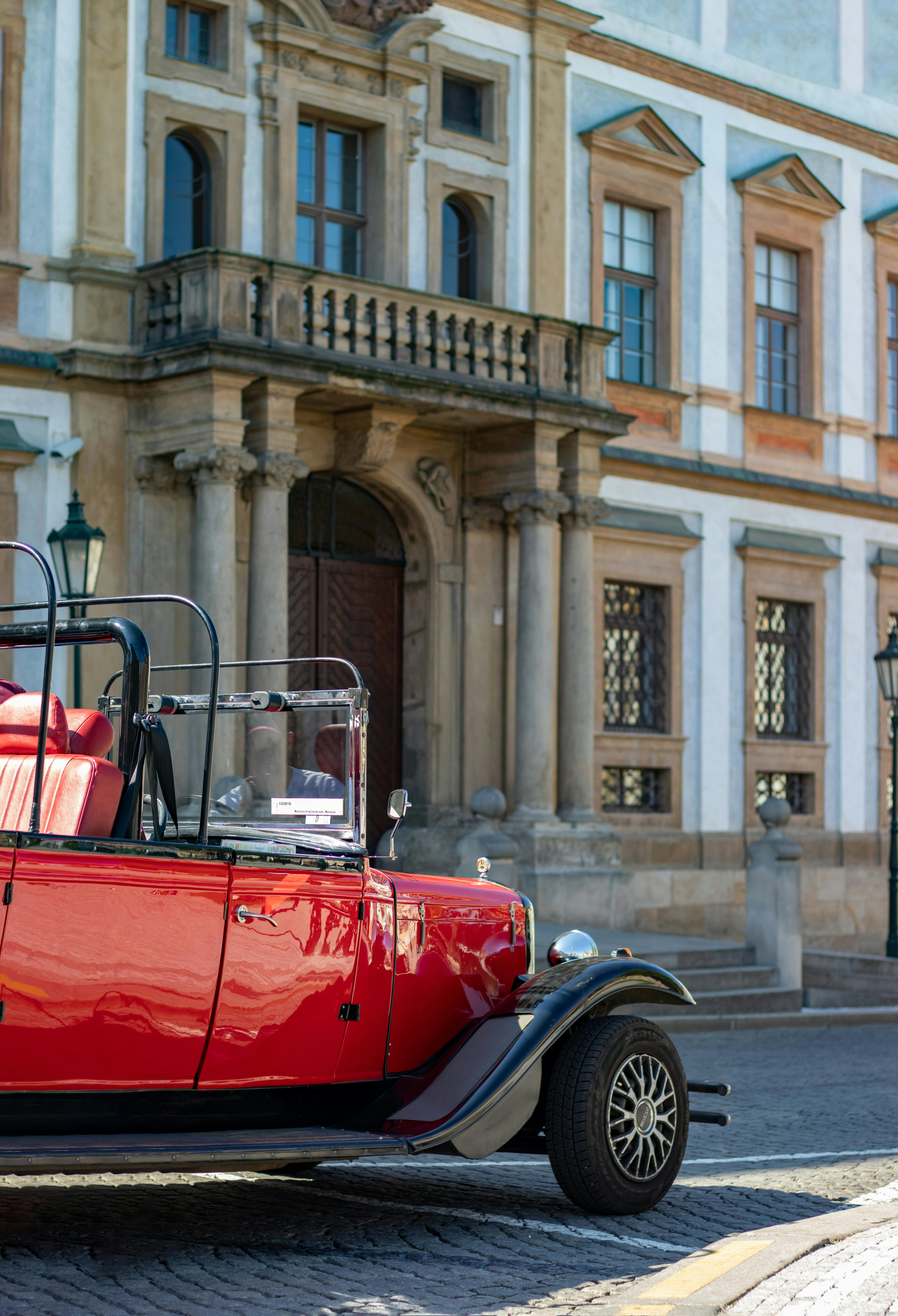 Knigge, Andreas C. (1996). Comics: Vom Massenblatt ins multimediale Abenteuer (in German). Levi, Antonia (1996). Samurai from Outer Space: Understanding Japanese Animation. Johnson-Woods, Toni, ed. (2010). Manga – An Anthology of global and Cultural Perspectives. Johnson-Woods, Toni (2010). “Introduction”. Cohn, Neil (2010). “Japanese Visual Language”. Brunner, Miriam (2010). Manga (in German). As a result of the combined affect of ecchi and the rise of female artists, romance emerged as a subgenre of shōnen manga, especially romantic comedy. Manga artist Go Nagai originated the sexually-charged ecchi genre with Harenchi Gakuen, which was serialized in Weekly Shōnen Jump. Manga developed throughout this interval below the influence of artist Osamu Tezuka, with series equivalent to Astro Boy and Kimba the White Lion. Although this provoked a public backlash, it did not result in the decline for the business: collection with anarchic, offensive humor turned well-liked in shōnen and seinen manga alike, with Crayon Shin-Chan by Yoshito Usui becoming an internationally famous instance of this phenomenon.
Knigge, Andreas C. (1996). Comics: Vom Massenblatt ins multimediale Abenteuer (in German). Levi, Antonia (1996). Samurai from Outer Space: Understanding Japanese Animation. Johnson-Woods, Toni, ed. (2010). Manga – An Anthology of global and Cultural Perspectives. Johnson-Woods, Toni (2010). “Introduction”. Cohn, Neil (2010). “Japanese Visual Language”. Brunner, Miriam (2010). Manga (in German). As a result of the combined affect of ecchi and the rise of female artists, romance emerged as a subgenre of shōnen manga, especially romantic comedy. Manga artist Go Nagai originated the sexually-charged ecchi genre with Harenchi Gakuen, which was serialized in Weekly Shōnen Jump. Manga developed throughout this interval below the influence of artist Osamu Tezuka, with series equivalent to Astro Boy and Kimba the White Lion. Although this provoked a public backlash, it did not result in the decline for the business: collection with anarchic, offensive humor turned well-liked in shōnen and seinen manga alike, with Crayon Shin-Chan by Yoshito Usui becoming an internationally famous instance of this phenomenon.

GeGeGe no Kitarō; and George Akiyama, whose shōnen manga collection Ashura depicts cannibalism, baby abuse, and mass murder. Though shōnen manga usually attempts to convey a message of peace, the category has been criticized by individuals akin to director Hayao Miyazaki for promoting overly simple good/evil dichotomies. Manga scholar Yukari Fujimoto notes in her evaluation of the feminine readership of the shōnen titles One Piece, Naruto, and The Prince of Tennis that homoerotic interpretations of shōnen manga are typically most common among titles that do not embrace prominent feminine characters that a female readership is ready to identify with. One of the first new shōnen manga magazines of the submit-battle interval was Manga Shōnen, which launched in 1947 and revealed works by Tezuka, Leiji Matsumoto, and Shōtarō Ishinomori. Action tales are so dominant in shōnen manga that some manga and non-manga works are often designated as shōnen not due to their ostensible goal group, however due to their content focus on action and journey. The motion style is itself is expressed via a wide range of subgenres, from historic and contemporary drama to science fiction and fantasy. A common visible device in shōnen action scenes is to depict the contours of figures with rough, coarse motion strains to present the appearance of movement.
The stylistic and thematic variations between shōnen and shōjo started to slim significantly starting in the 1980s, with widespread trade of stylistic units and themes. Other graphic storytelling techniques that originated in shōjo manga, reminiscent of montages of multiple panels, have been imported into shōnen manga and have change into common stylistic units. Egmont Manga & Anime. Visually, a shōnen protagonist usually possesses what manga critic Jason Thompson describes as “insanely spiky hair” that distinguishes the protagonist’s silhouette from that of different characters. Plots usually observe the basic construction of the hero’s journey, with a lot of the story focused on the protagonist’s training and transformation into a hero, and on characters who earn their standing as heroes through effort and tenacity relatively than by advantage of birth or project. Male writers fluctuate in their depiction of ladies’s religiosity: some characterize women as paragons of Roman advantage and devotion, but additionally inclined by temperament to extreme religious devotion, the lure of magic, or “superstition”.